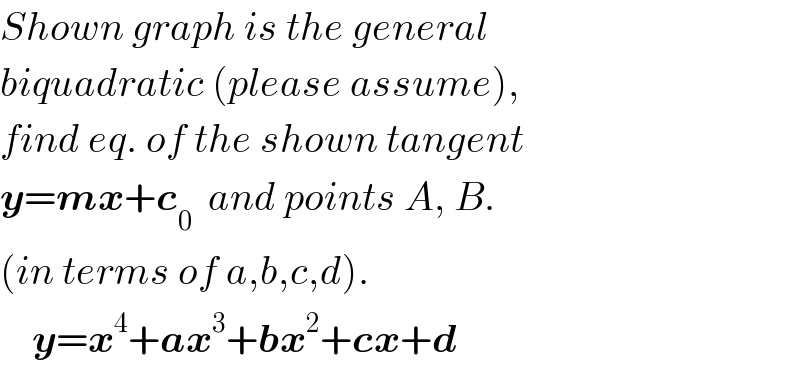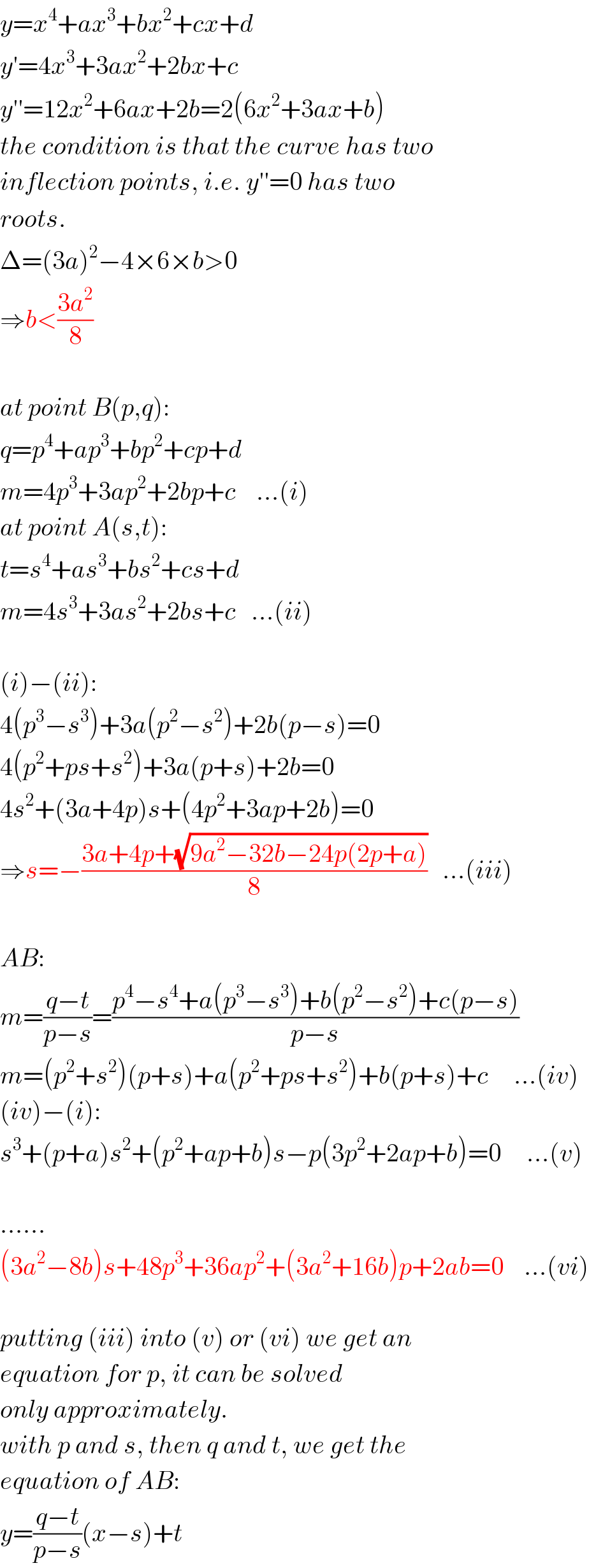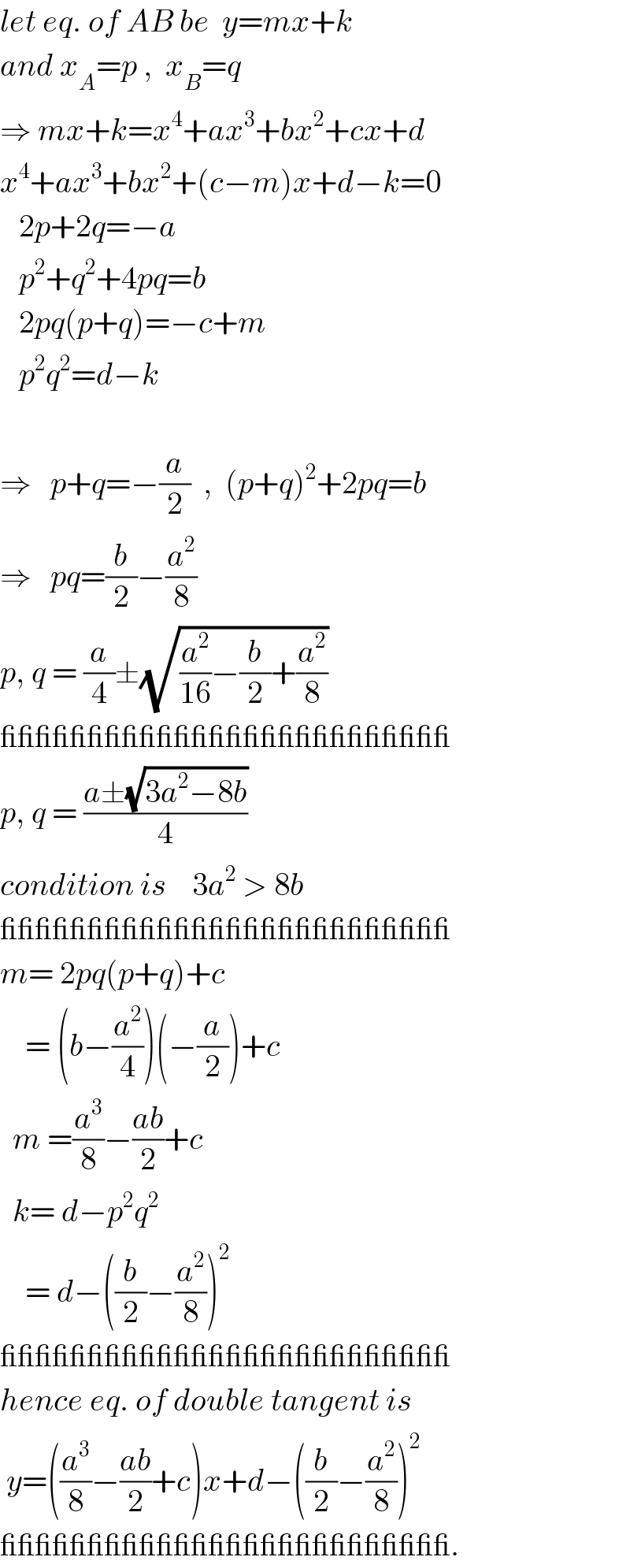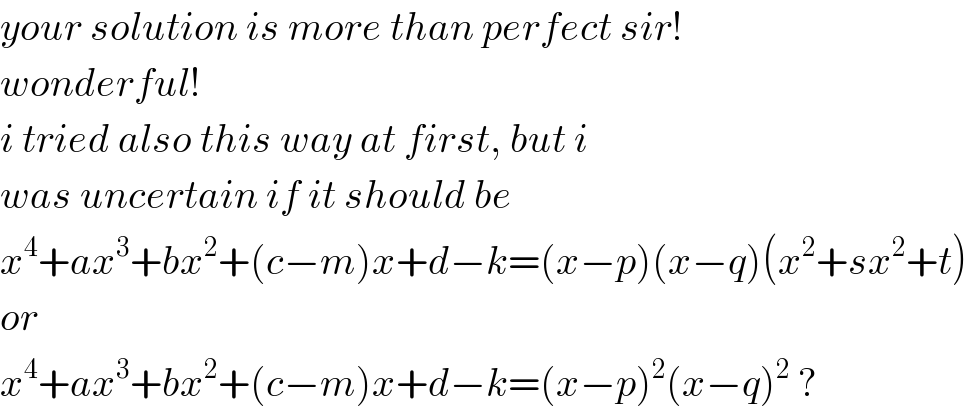
Question and Answers Forum
Question Number 69741 by ajfour last updated on 27/Sep/19

Commented by mr W last updated on 27/Sep/19

Commented by mr W last updated on 27/Sep/19

Commented by mr W last updated on 27/Sep/19

Commented by ajfour last updated on 27/Sep/19

Answered by mr W last updated on 28/Sep/19

Commented by mr W last updated on 28/Sep/19

Commented by ajfour last updated on 28/Sep/19

Answered by ajfour last updated on 28/Sep/19

Commented by mr W last updated on 28/Sep/19

